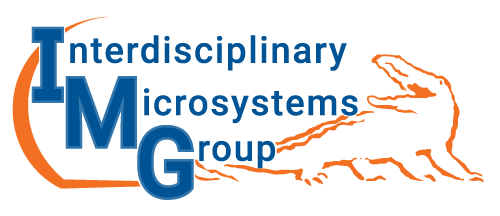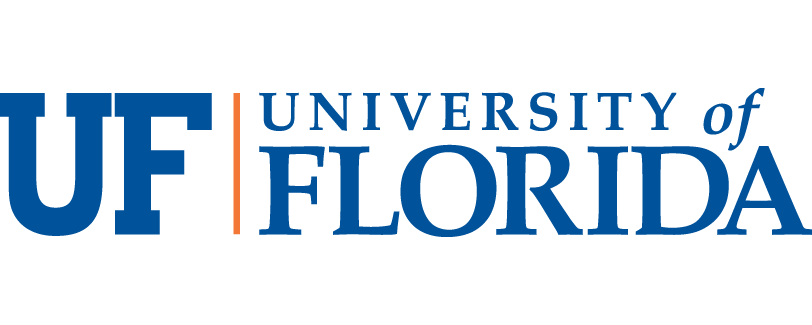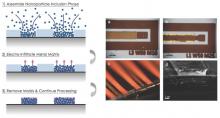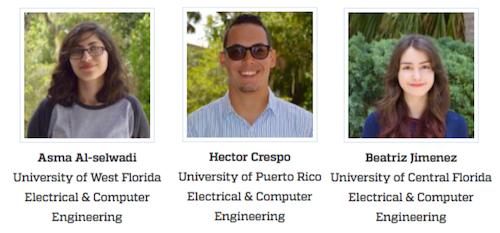Large-area Manufacturing of Integrated Devices with Nanocomposite Magnetic Cores
As predicted by Moore's "law", the past few decades have seen massive reductions in the size of integrated circuits, enabling the portable, handheld devices now in everyday use. However, the components that power these devices have not experienced a similar size reduction. For example, the power adapter of a laptop computer is only modestly smaller than that two decades ago, and the printed circuit board inside a smart phone must dedicate between 20% and 40% of the board area for power conversion and management. To date, efforts towards miniaturization have been limited by both materials and manufacturing challenges. To address this gap, this research will study nanomanufacturing processes to facilitate the scalable synthesis of high quality magnetic nanoparticles and nanocomposite core materials and the fabrication of compact power inductors and transformers through assembly of these nanomaterials in a manner that is compatible with current manufacturing processes, such as silicon wafer or printed circuit board fabrication. This compatibility will enable fully integrated and compact system-on-chip or system-in-package power solutions. This research will be accomplished by fostering collaboration among disciplines including materials science, chemical engineering and electrical engineering. It will foster diversity in the profession by involving high school and undergraduate students in research activities and by broadening participation through the inclusion and engagement of women and underrepresented groups.





.jpg)